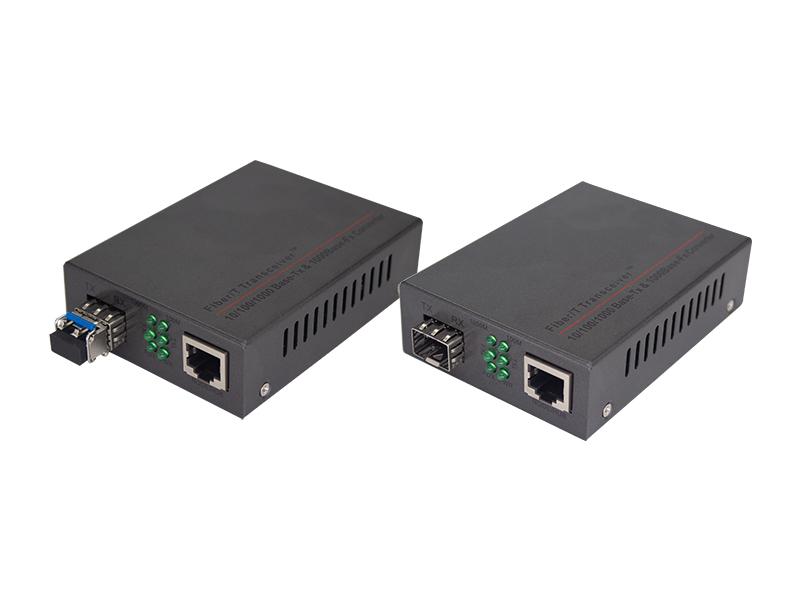Optical Transmission Network Systems Unleashing Unprecedented Capacity and Performance
In today's digital age, where data consumption is exponentially increasing, the demand for high-speed and reliable network transmission systems has become paramount. Optical transmission network systems have emerged as the backbone of modern communication, enabling seamless data transfer over long distances with exceptional capacity and performance. Let's delve into the remarkable features and advantages of these cutting-edge network solutions.
Huge Capacity Transmission for Unprecedented Bandwidth Demands
One of the key strengths of optical transmission network systems lies in their ability to support massive capacity transmissions. These systems are designed to handle ultra-large capacity transmissions, allowing for single fiber transmission capacity of up to 9.6 terabits per second (Tb/s) through 96x100G channels. Additionally, they support hybrid transmission configurations of 80/96x10G/100G, facilitating a smooth upgrade path from 40 to 80 waves or 48 to 96 waves. This scalability ensures efficient network expansion while minimizing initial investments, meeting the ever-growing demand for bandwidth in the future.
Unparalleled 100G Transmission Performance
Optical transmission systems excel in delivering exceptional 100G transmission performance. Leveraging state-of-the-art PDM-QPSK coding technology for coherent detection, these systems achieve remarkable results. They support Soft-Decision Forward Error Correction (SD-FEC) and boast excellent Back-to-Back Optical Signal-to-Noise Ratio (B2B OSNR) tolerance indexes. By employing advanced Digital Signal Processing (DSP) techniques, they can tolerate high levels of dispersion, up to 22000 picoseconds per nanometer (ps/nm). Moreover, these systems support non-electric relay transmission over 1200 kilometers or more. This capability not only saves on infrastructure investment but also greatly simplifies operation and maintenance procedures.
Flexible and Comprehensive Service Access Capability
To meet the diverse needs of modern networks, optical transmission systems provide flexible and comprehensive service access capabilities. Supporting a wide range of services from 100 Mbps to 100 Gbps, these systems allow for the seamless integration of various protocols and transmission interfaces. Whether it's CPRI1~10, eCPRI, Ethernet (FE/GE/10GE/25GE/40GE/100GE), Fiber Channel (1G~32G), or standardized synchronous transport (STM-N) and optical transport (OTU1/2/3/4) protocols, these systems enable transparent transmission while minimizing cross-transmission delays.
Telecom Reliable Protection for Uninterrupted Connectivity
Optical transmission systems prioritize network reliability and offer a range of protection schemes to ensure seamless communication. These systems support optical layer 1+1 channel protection and optical line side 1+1 protection, providing multiple levels of redundancy for critical equipment units and optical fiber lines. By employing these robust protection mechanisms, service disruptions can be mitigated, leading to uninterrupted connectivity and enhanced user experience.
Convenient and Easy Maintenance for Optimal Performance
In addition to their outstanding technical capabilities, optical transmission systems feature excellent structural design, enabling efficient maintenance. These systems typically adopt standardized rack designs, such as 1U, 2U, or 5U in a standard 19-inch format. Installation is hassle-free, requiring no configuration, thanks to plug-and-play capabilities. Managing these systems is further streamlined through unified network management platforms, offering comprehensive performance monitoring and control. As a result, operators can efficiently monitor network health and optimize equipment performance.
The optical transmission network system provides a stable platform for multi-service operation and future network upgrade and expansion. It is widely used in operators, radio and television, IDC, finance, government, cloud network, big data and other industries.








